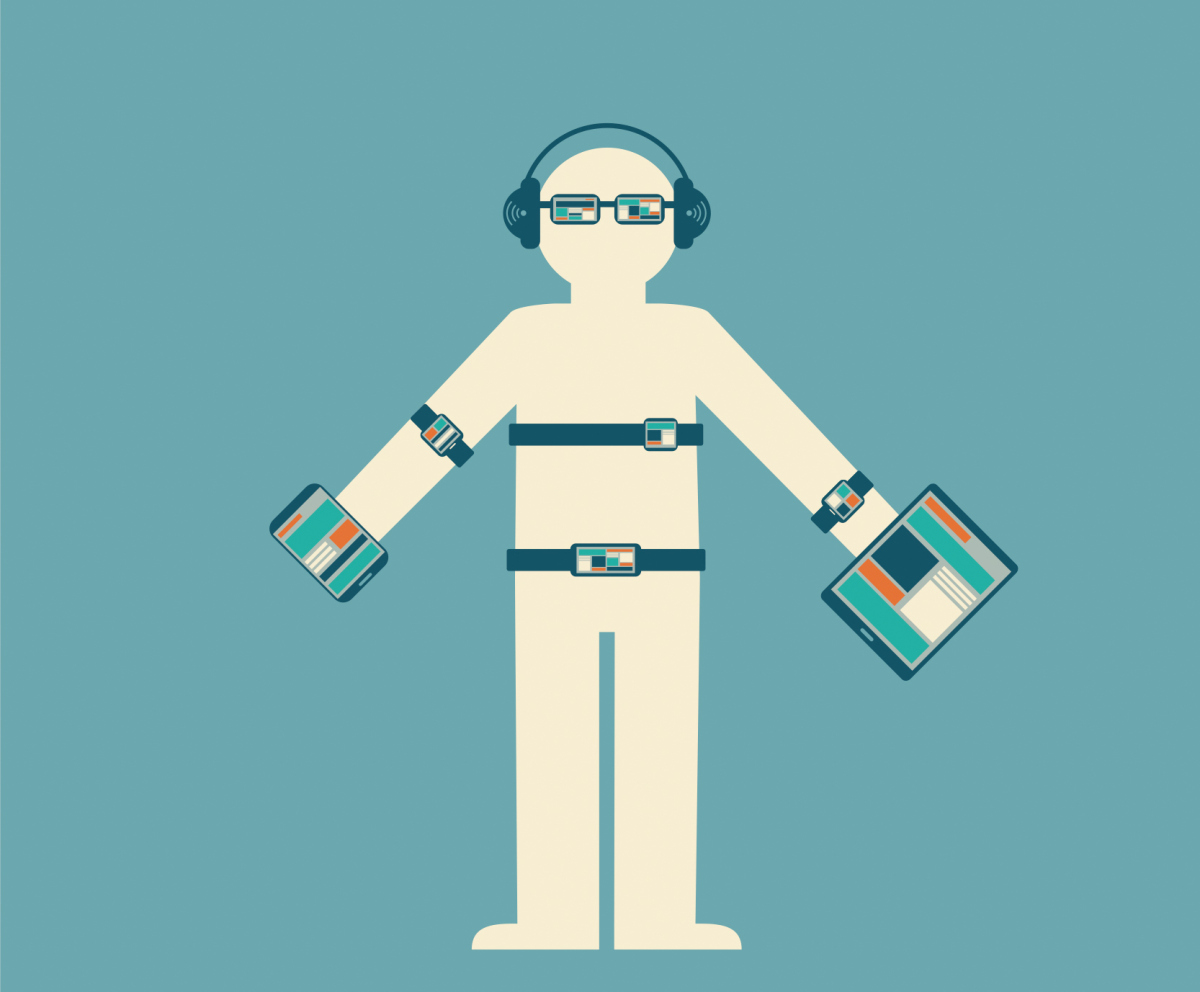 Apple has announced its retinue of smart watches. The Curpertino, California based company, which currently has the most cash in its bank accounts compared to any other company in the world today, has been long rumoured to be working on an offering in this category of consumer goods. If history repeats itself, Apple will disrupt the smart watch market and in a few years, easily pass as the inventor of that category of product – Apple rebooted the portable music player and built an ecosystem of services around it, that today people forget easily that there were others ahead of Apple (not that it mattered that there were others playing in that space before Apple, however, it matters to competition and consumers that whatever Apple touches becomes gold). The same for the mobile phone. Tablet PCs and on a few years, may be months, we will see the iCars and even iHomes.
Apple has announced its retinue of smart watches. The Curpertino, California based company, which currently has the most cash in its bank accounts compared to any other company in the world today, has been long rumoured to be working on an offering in this category of consumer goods. If history repeats itself, Apple will disrupt the smart watch market and in a few years, easily pass as the inventor of that category of product – Apple rebooted the portable music player and built an ecosystem of services around it, that today people forget easily that there were others ahead of Apple (not that it mattered that there were others playing in that space before Apple, however, it matters to competition and consumers that whatever Apple touches becomes gold). The same for the mobile phone. Tablet PCs and on a few years, may be months, we will see the iCars and even iHomes.
Some competitors who have long sensed Steve‘s company’s entrance, and who have some balls and have history as their teacher, preempted the appearance of the Apple jewel with one, two and in some cases three iterations of their own offerings, in what appears mostly as shooting in the dark, throwing everything at the wall in the hope that something will stick.
Now those original equipment manufacturers (OEM) as they are called, now have a standard to measure themselves against, and a prototype of what they need to beat with their new offerings. In the next few months, we will see and are expect to see frantic launches of new versions of incumbents (or those who tried to be) in this consumer good segment.
Hopefully, we will see newer, smarter ideas that are priced for the mass market in the market soon.
It may also be a good time to start dreaming up the future of wearables.
Should you buy the #goldenwatch? Here’s a handy shopping guide. #ZenWatch. pic.twitter.com/goI8fycMEy
— ASUS (@ASUS) March 11, 2015
Wearables (I refer to only those worn outside the human body – as there appears to be a new category of wearables worn or used in other areas of the body and that have functions and features that at this time are mainly experimental, but with the chance of sticking and establishing that category of devices in a few years or just months) currently fall into two broad categories – single function (generation 1) and multi-function (generation 2) categories.
The single function category include those devices that are without a native screen and requires a third-party device or a web application to view data collected and the stats derived from such. They often have very limited capabilities – most track number of steps taken and sleep pattern, and some only track the former (something smart phones are now capable of doing without any assistance, but with the limitation that mobile phones still do not have access to parts of our days that say a wrist band or contact lenses does).
The multi-function category, if you will, Generation 2 (G2) wearables, do a lot more. They have larger physical footprints, taking up a sizeable portions of our wrists (those meant for our faces didn’t quite become mainstream, though they still have a fighting chance, it will take some ballsy move by some daring company to make those a part of our lives, or, maybe their time will just come one day – who knows if Apple or Amazon or facebook or Alibaba or a little known company will make a good go at this sub-segment, especially as Google seem to have given up) and attempt to compensate us for this by offering a lot more than the single function models.
G2 models are making a play to replace our wristwatches. A move that seem significant that traditional watchmakers have taken notice and have started to take some actions to safe guard their industry. And some action.
They tell the time. They fetch and display notifications from our mobile devices (which are becoming bigger and bigger and much more difficult to carry in the most convenient places (out jeans pockets), so having a secondary screen help see what s going on inside the mobile behemoths without the inconvenience of pulling them out of their cocoons, isn’t a bad idea.
However, a few things unite all wrist computers today:
- Their feature set – in principle, they all function the same way;
- Looks – they are all moving towards the older, classier looks of wristwatches as we have come to know and love them – even generation 1 device OEMs are making a play to make their devices tell time, Fitbit’s Charge is an example;
- And Cost.
A decent wearable from the incumbents cost upwards of $250 for G2 models and $99 for G1 models.
This is too expensive and will be a major challenge for mainstreaming wearables.
However, if these devices have guarantees of 5 years of active use at a minimum – then they will come to $50 for G2 models and $20 for G1 models for every year of the 5 year life and however longer the watch lives for afterwards can be treated as bonus. But the initial cash outlay may still be prohibitive.
However, even if OEMs can guarantee these devices will keep running for up to 5 years. There are a few things they can not guarantee:
- Free hardware updates – except off-course if the wearable’s design is modular and parts can be easily replaced, and we are yet to see a truly modular smart device, which may be indicative of the difficulty of achieving modularity at the required scale or how much longer we have to wait so see modularity at that scale
- Continued OS support for older hardware – I have a first generation iPad which still works and which I will like to keep, but today, it seats in my bookcase as a stark reminder of what innovation looked like in 2010 (5 years ago) and a stark reminder to the new fad by consumer electronics manufacturers to force users to replace their tech every few years by deliberately refusing to update the software running on those hardware (my ipad could not be updated past iOS 5.x – yes, I know, iOS 8 the trendy new mobile OS from Apple is now a bit of history and a newer version of that OS is being touted)
Wearables are here to stay.
Like its predecessors, PCs and mobile computers (Ultrabooks, tablets and mobile phones ) they need to become affordable for all to benefit from the powers they unleash. Like wristwatches that they are seeking to replace, they need to have price points, low enough for mass adoptions.
In part (II) of this piece, I will illustrate how $15 wrist computers can be built.
—
* I started writing this in March and some of the facts may have changed… but the core idea that wearables are of immense benefits and will need to become cheaper in order for a larger subset of the global population to be able to afford one remains valid.
*Image used in this article was copied without permission from this website http://nrmedia.bize

